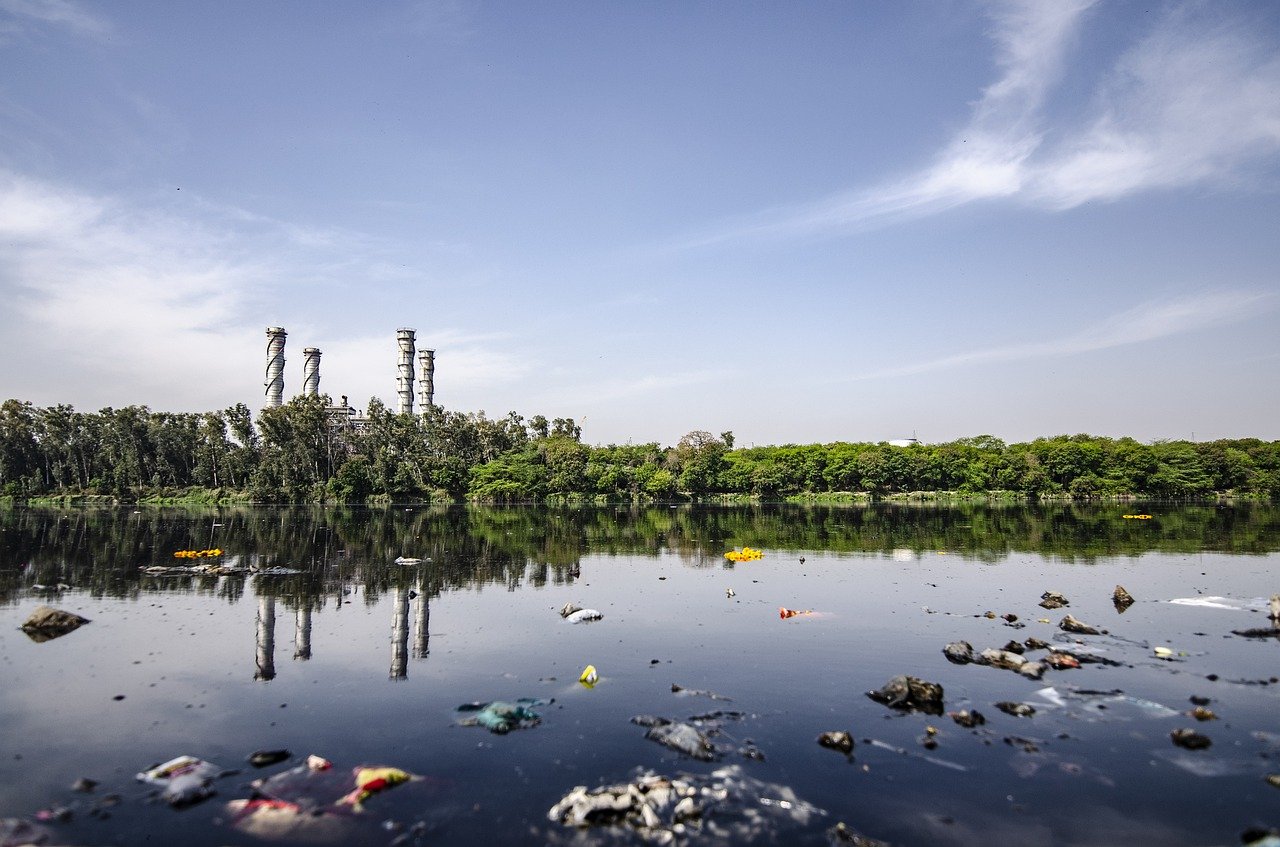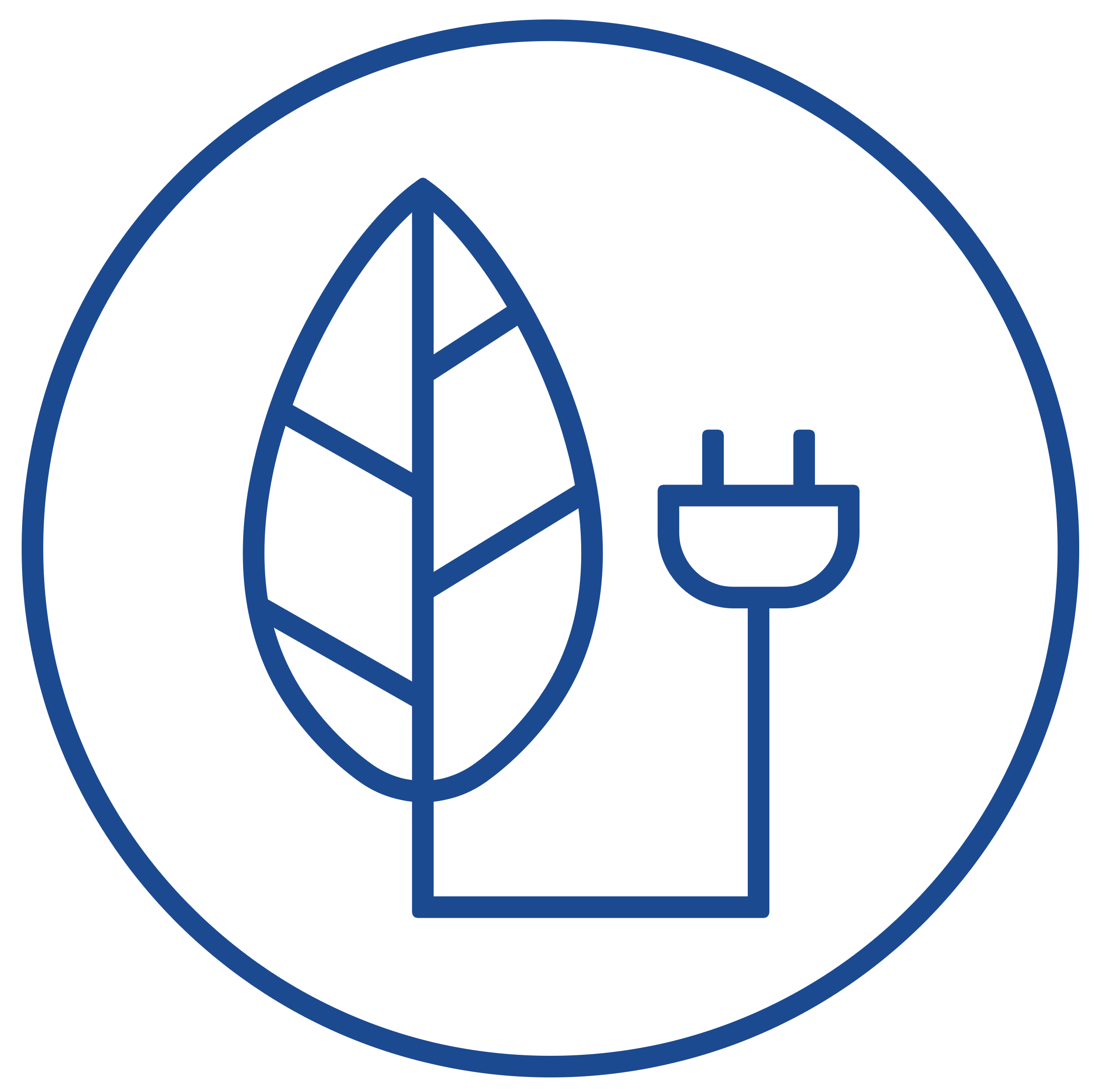
POB6.2 Water and wastewater management and environmental biotechnology
Coordinators
PhD Gabriela Kamińska RIE, PhD Sebastian Żabczyński
Gabriela.Kaminska@polsl.pl
Ph.: +48 32 237 2777
Sebastian.Zabczynski@polsl.pl
Ph.: +48 32 237 2949
Scientists of the Silesian University of Technology are developing methods of water and sewage treatment. Water is emerging as one of the single most important resources of Planet Earth for the prosperity of the economy and human life. However, freshwater resources have been increasingly polluted and depleted globally. The constant increase in water usage and climate change—such as altered weather-patterns (including droughts or floods), deforestation, and increased pollution—are the main driving forces for the rising global scarcity of water. The United Nations World Water Development Report stated that nearly 2/3 of the population will suffer from clean water scarcity by 2050.
Research taken by employees of the Silesian University of Technology in the field of water protection include the identification of emerging pollutants in the water environment and the development of technologies for their removal. These include a monitoring of the micropollutants concentration such as, xenoestrogens, PAHs, pesticides, pharmaceuticals, dyes and heavy metals in surface, underground, mine water bodies and rainwater as well as in elements of environmental infrastructure such as swimming pools, water supply networks, municipal and industrial wastewater treatment plants. Several scientific projects have been carried out to solve these important research topics. They resulted in a development of technologies and methods for removal of all mentioned pollutants. The most important achievements include the modification of Fenton's reagent for the treatment of poorly biodegradable wastewater, optimization of membrane processes and advanced oxidation processes for the removal of toxic organic micropollutants, preparation of membranes and sorbents from waste materials (sewage sludge, polystyrene waste) and nanostructured materials (graphene, nanosilver, carbon nanotubes), and the production of catalysts for oxidation reactions.
A newly identified, global and serious problem is the presence of microplastics in the aquatic environment. This important topic was taken up by the employees of the Silesian University of Technology within studies on the removal of microplastics from wastewater for different wastewater treatment technologies. In addition, the essence of these studies is to identify devices and processes that allow to minimize the concentration of microplastics in effluent.
The employees of the Silesian University of Technology were one of the few and the first in Poland to take up the subject related to the identification and removal of contaminants from swimming pool water that are not removed in classic pool water purification systems. The proposed purification methods include microfiltration, ultrafiltration, nanofiltration and reverse osmosis. The project results are updated on the project website https://www.facebook.com/PBU-Micropollutants-in-swimming-pool-water-102916601350352/.
Scientists of the Silesian University of Technology are developing new materials used in water purification processes. An important achievement for the photocatalysis process is the development of a semiconductor consisting of titanium dioxide and activated carbon. This approach guarantees a both degradation of contaminants and removal of the newly formed by-products of the oxidation of these pollutants.
Scientists from the Silesian University of Technology also proposed the use of several waste materials as sorbents for pollutants present in water. As for example, the use of sewage sludge, ash or straw. This solution makes it possible to use environmental waste difficult to manage as materials useful for environmental protection
Biotechnology is officially defined by the Organization for Economic Co-operation and Development (OECD) as the provision of goods and services using biological methods. At the same time, different colours of biotechnology were introduced, assigning them to specific areas of life:
- green biotechnology, also called agrobiotechnology, concerns aspects related to agriculture, solutions used for food and non-food purposes;
- white biotechnology is a biotechnology dealing with the use of various biological processes in industry, environmental protection and engineering;
- red biotechnology covers the area of health care, in particular in the field of production of new biopharmaceuticals, development of genetic diagnostics, as well as gene therapy and xenotransplantology;
- blue biotechnology is related to the general issues of water biotechnology;
- purple biotechnology deals with legislation, the protection of intellectual property, as well as philosophical and ethical issues.
Under Subarea 6.2, research and projects will focus on white and blue biotechnology in the areas of researchers' interest and research. One of the examples of such projects is SNIT Project. The aim of this Project is to create an innovative Technology that will allow to achieve mainstream shortcut nitrification/denitrification via nitrite at municipal wastewater treatment plants (WWTPs). Achieving this objective will significantly reduce oxygen and organic carbon demand for the nitrogen removal process, improve effluent quality and increase digester gas production. This Technology also includes a development of separate reactors for sludge disintegration with nitrous acid to aim easy biodegradable organic carbon for denitrification process improvement, which is usually limited by organic carbon available in raw wastewater.








